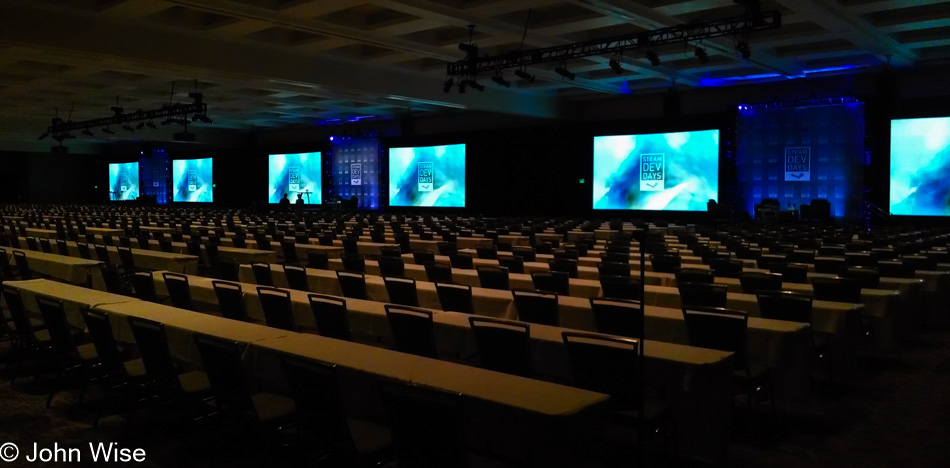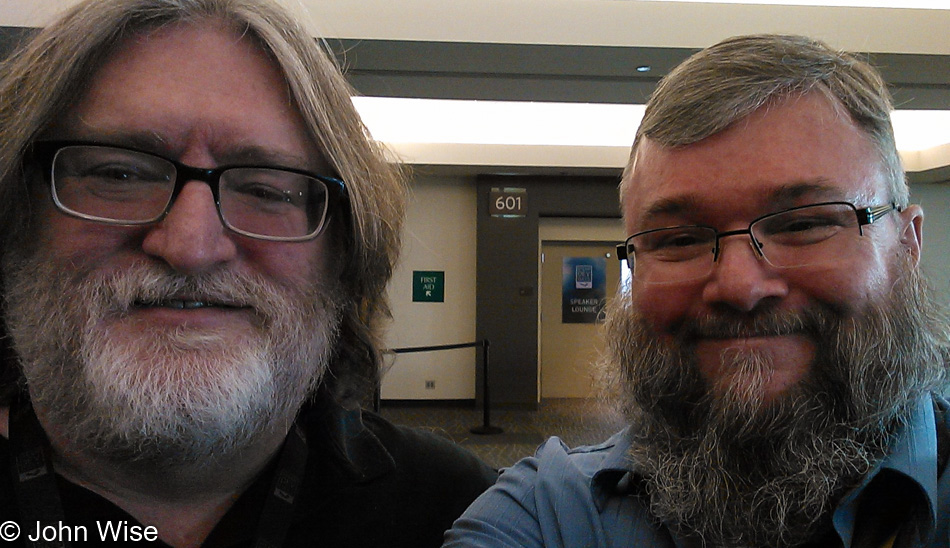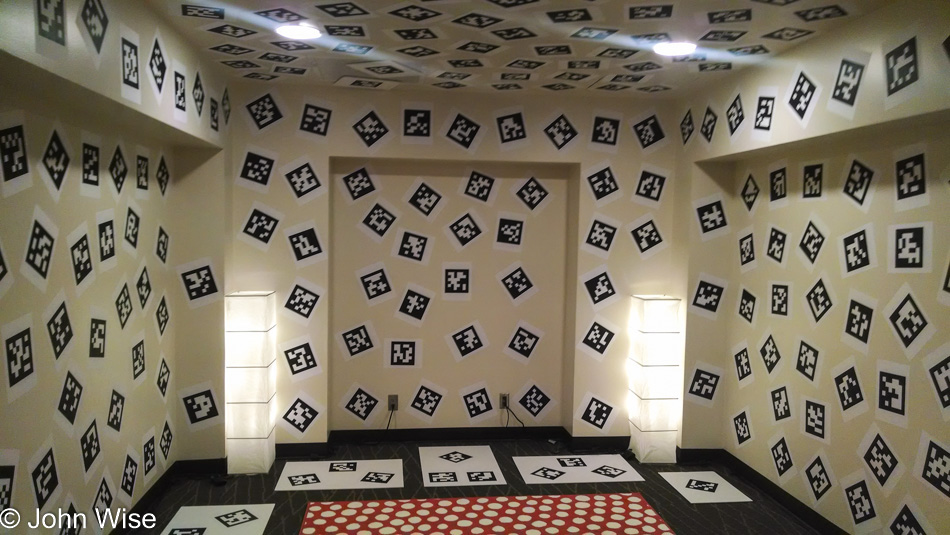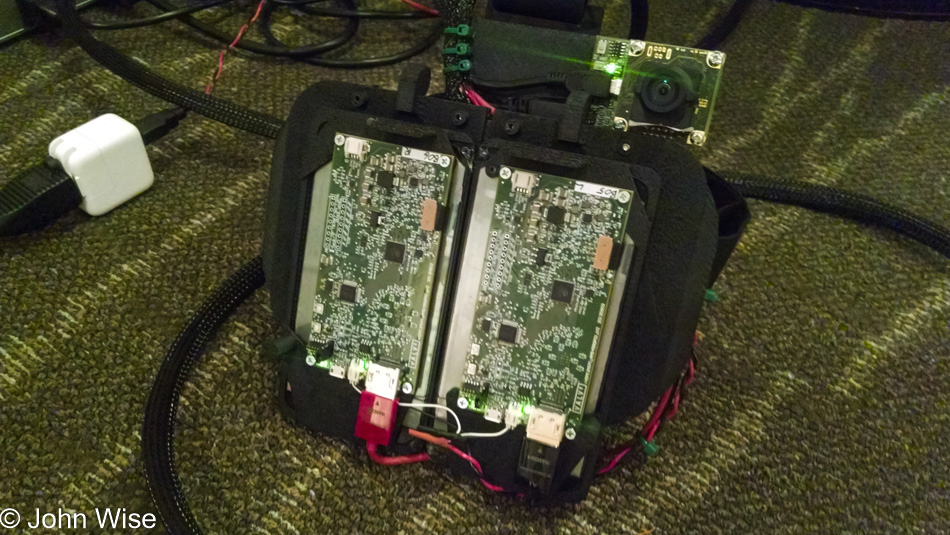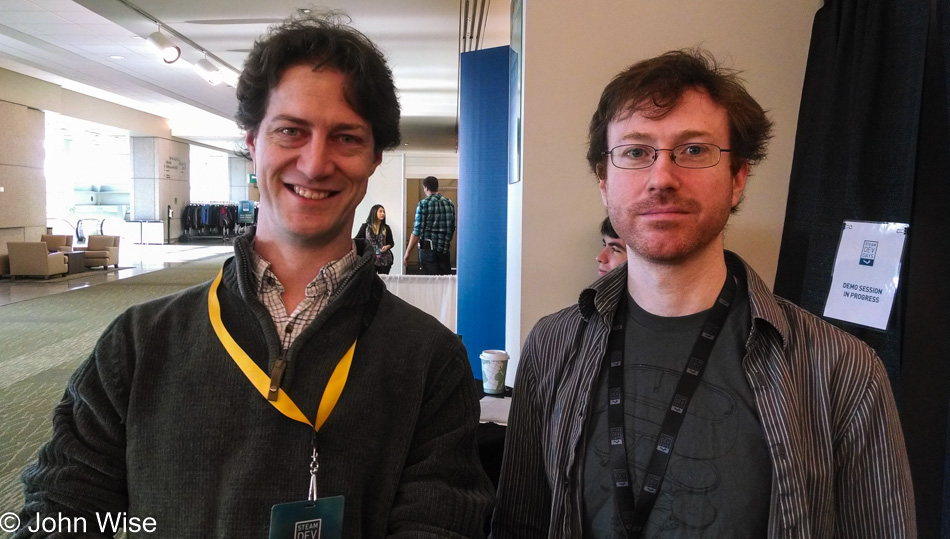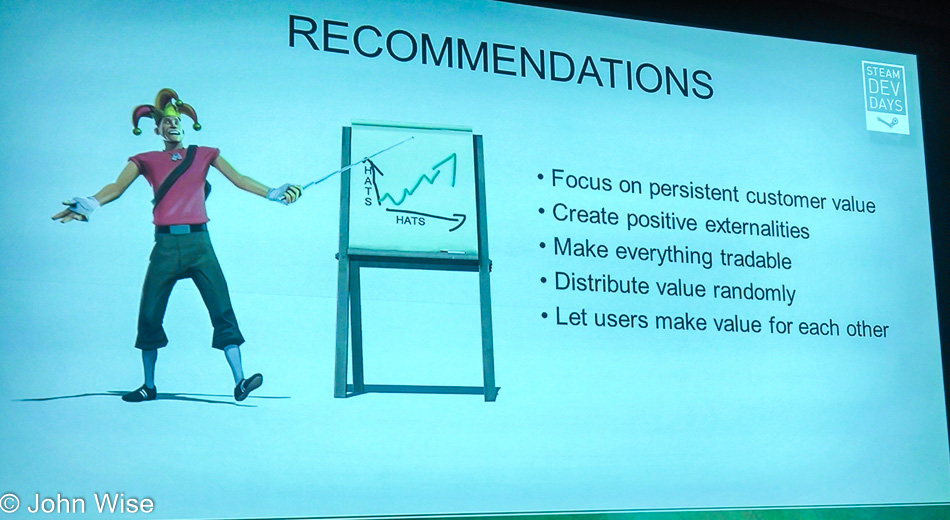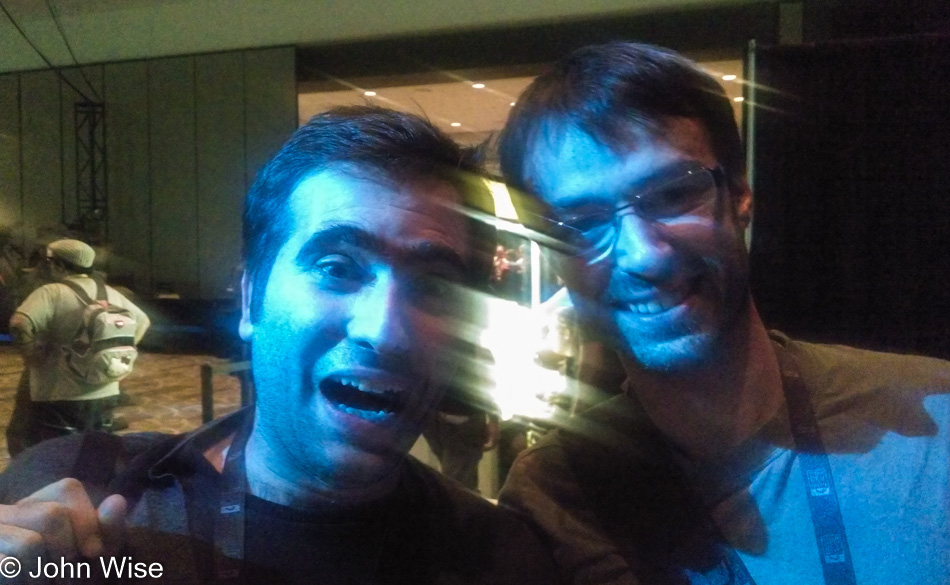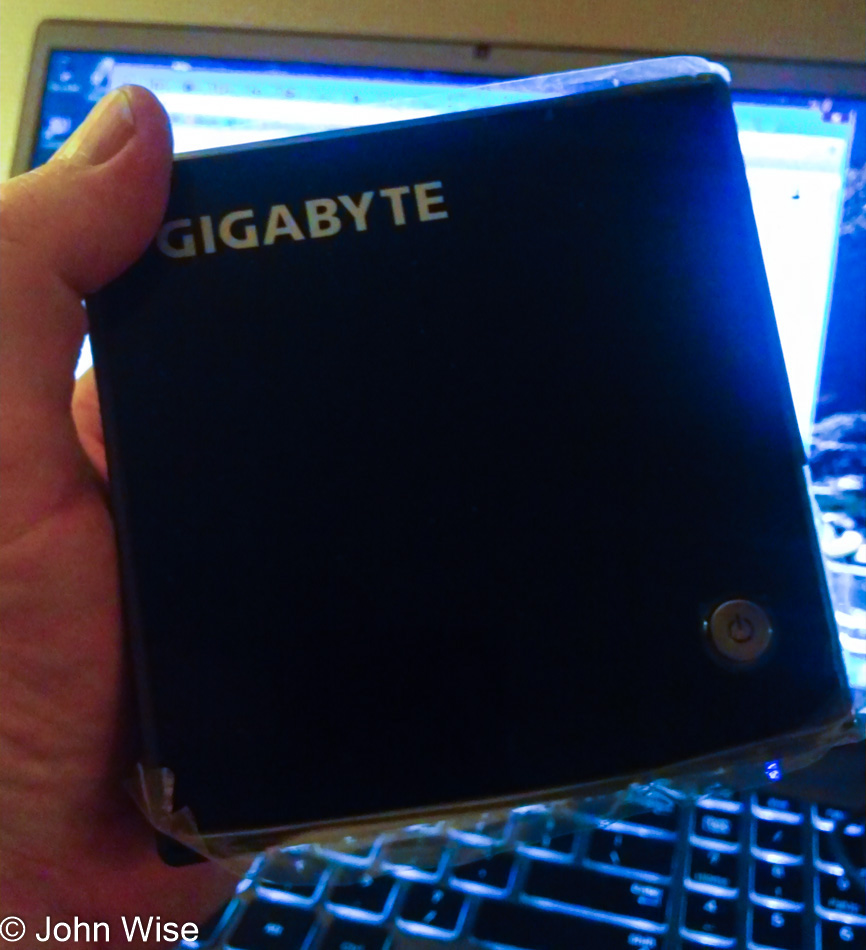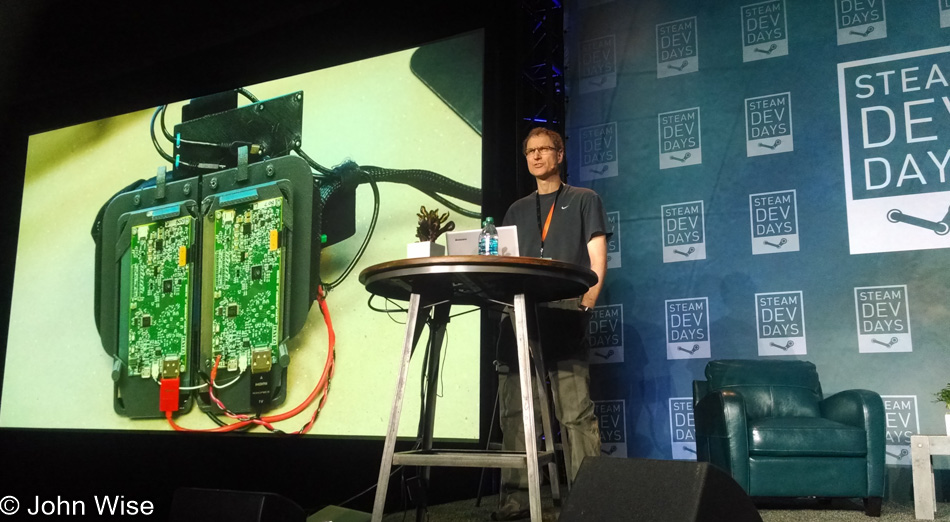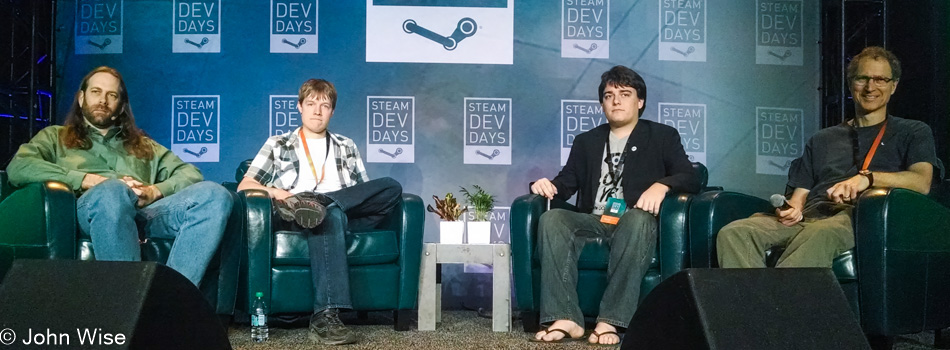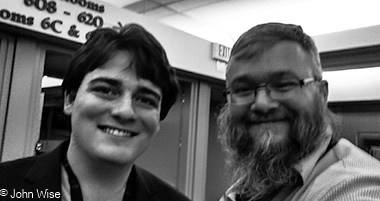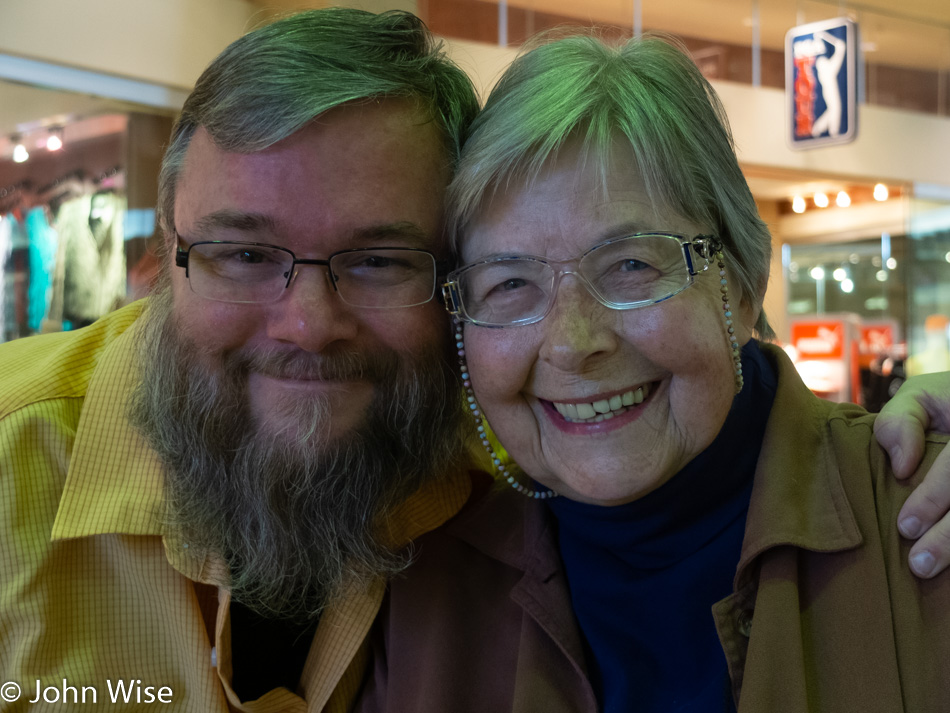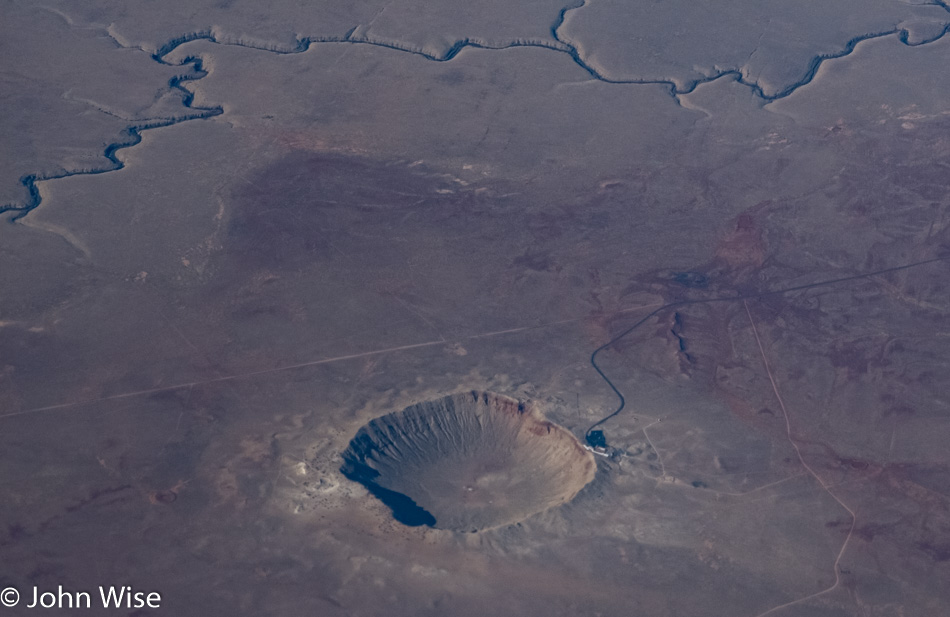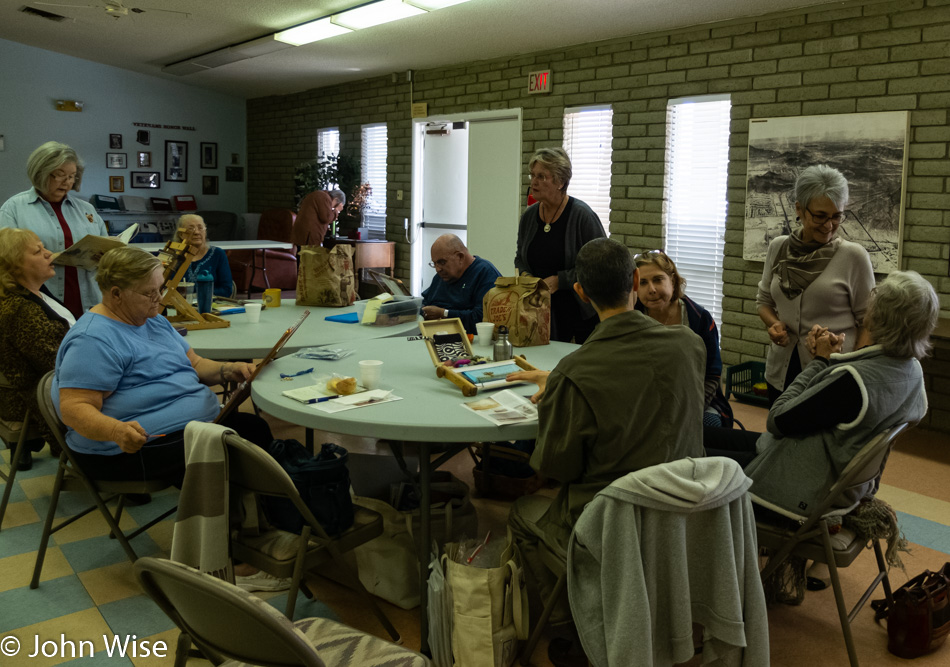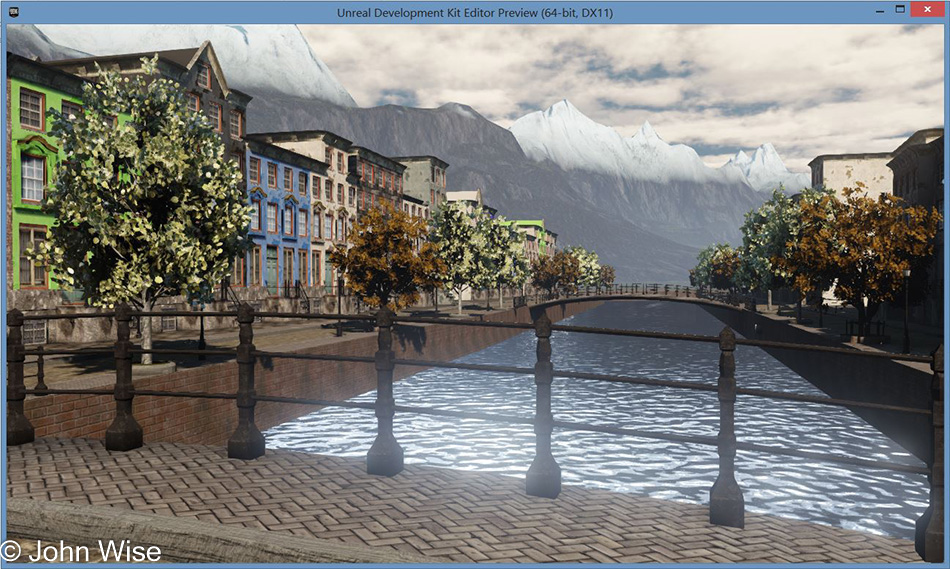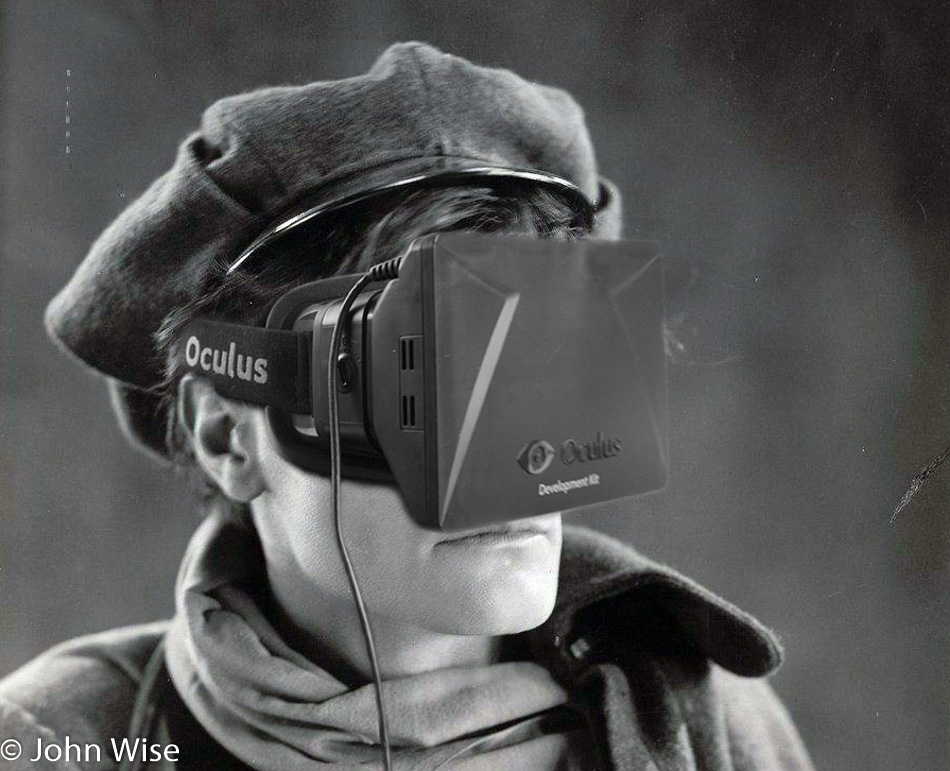
The term Virtual Reality may seem dated; after all, it has been over 70 years since poet and actor Antonin Artaud first penned the words “la réalité virtuelle.” Although his 1938 definition may seem far removed from what our technologically advanced world is about to deliver, his ideas were far from off base. He envisaged the theater as a place where the alchemical mythologies of man would become the “incandescent edge of the future.” Well, that is the verge of where we are today with a light-emitting headset called Oculus Rift that will allow us to peer not only into the future but across time and reality in ways the mass of humanity has yet to fathom.
The transmutation from lead into gold was for alchemists what the crafting of story and image into content is for our time. Storytelling is an ancient art, maybe 40,000 years old, as dated by cave paintings in Spain. Early plays and dances have existed for thousands of years, but it wasn’t until the 15th century that the narrative became a tradeable currency. The printing press brought with it the ability to distribute information to the masses. For the next 400 years, printing would dominate our communication channels until the arrival of the telegraph, motion picture film, and telephone. Together with television, the moving picture would show people across the globe an unknown world previously only written about in tomes or told to one another in an oral tradition.
It has taken us tens of thousands of years to reach the juncture where information is ubiquitous and driving nearly all human activity. For example, the global publishing industry is now worth $108 billion, effectively making it the 60th largest economy if compared to other countries. The global movie industry is puny in comparison to approximately $35 billion, while video games generate about $92 billion of revenue. All of these industries are being wrapped up by the new kid on the block, the Internet. That virtual department store/library/theater is currently facilitating over $3 trillion of business – the Internet is the essential utility of our future.
What this all has to do with Virtual Reality is that we are at the point in time that marks the beginning of the future of humanity, just as art, printed language, and advanced communication did during their time. It is the convergence point where we enter hyperdrive. I make this prediction as though it was as easy as identifying a cave painting where the artist drew a horse, and we all know it’s a horse.
All of humankind tells stories, we all have histories, we all celebrate our past, and most of us have dreams of the future. In VR, all creative and consumptive lines converge. We meld together and share the written word, the image, the game, the transaction – and we do it in an environment that speaks to and puts on display the dreams that live on the “edge of the future.”
We are all about to be thrust into new roles as architects of this future. This will be a place of alchemical experimentation where mythologies will come to life, not as two-hour celluloid epics, but in places where we dwell and create new myths. Except, we are neither intellectually prepared nor technologically advanced enough for what we must start preparing for – now.
While knowledge is everywhere and readily accessible, how many of us revel in the acquisition of the abstract and intricate? Most of those I see are more interested in the trivial and mass-produced banal culture as doled out by faceless corporations concerned with shareholder wealth and executive salaries than in the evolutionary intellectual vitality of their fellow people.
Our next point of embarkation must be on the vehicle of high-level brain exploration. The technology to show each other our dreams is soon upon us, though right now, it leaves much to the imagination as it can only deliver a fraction of the aesthetic fidelity we are fast approaching.
To return to my statement in the first paragraph regarding what we understand or fathom, Virtual Reality will be a magnifying glass, a kind of tunneling electron microscope that will peel back the layers of the onion to expose things for what they are. We have always been visual learners and quickly pick up on what the image holds. It is within VR that the image will become ever more intoxicating as technology advances to render greater beauty and detail out of the abstraction of pixels. Humans give order to chaos; we set letters in sequence to form words, we align and contrast colors to create art, we capture fleeting images of light in movies and then stand back in awe and sometimes cry at what we’ve created. Here at the edge of the future, we will continue our traditions to make sense of things, and while I am still uncertain as to what VR is ultimately going to look like, what I do know is that at the other end of its trajectory, we will see a global society finally having achieved its Magnum Opus, we are on the verge of discovering the elusive philosopher’s stone.
The original image is available from Gallica Digital Library under the digital ID /ark:/12148/btv1b8539368j. This image is in the public domain because its copyright has expired.
